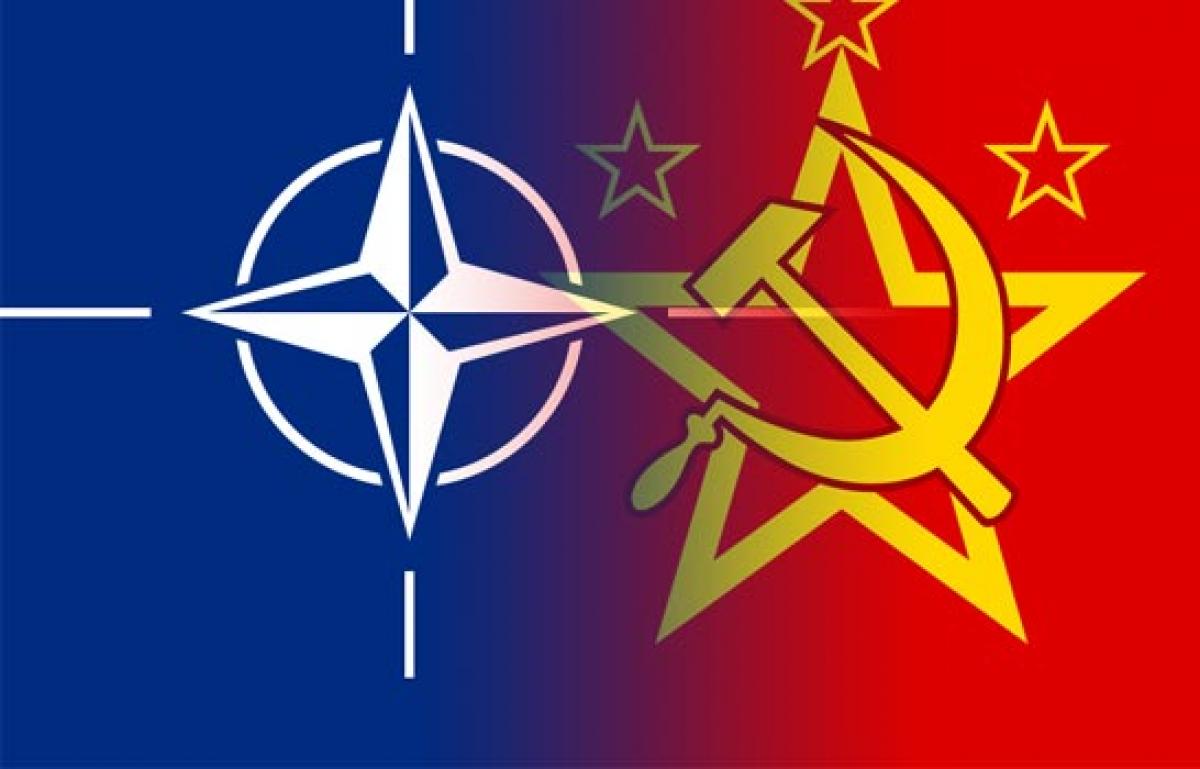Just In

The USSR oversaw the installation of pro-Soviet governments in many of the areas it had taken from the Nazis during the war. In response, the U.S. and its Western allies sought ways to prevent further expansion of Communist influence on the European continent. April 4, 1949, when the foreign ministers of 12 countries in North America and Western Europe gathered in
Conflict between the Western nations (including the United States, Great Britain, France and other countries) and the Communist Eastern bloc (led by the Union of Soviet Socialists Republics or USSR) began almost as soon as the guns fell silent at the end of World War II (1939-45).
The USSR oversaw the installation of pro-Soviet governments in many of the areas it had taken from the Nazis during the war. In response, the U.S. and its Western allies sought ways to prevent further expansion of Communist influence on the European continent. April 4, 1949, when the foreign ministers of 12 countries in North America and Western Europe gathered in
Washington, D.C., to sign the North Atlantic Treaty. It was primarily a security pact, with Article 5 stating that a military attack against any of the signatories would be considered an attack against them all.
When U.S. Secretary of State Dean Acheson (1893-1971) put his signature on the document, it reflected an important change in American foreign policy. For the first time since the 1700s, the U.S. had formally tied its security to that of nations in Europe–the continent that had served as the flash point for both world wars, writes History.com.
The formation of the Warsaw Pact was in some ways a response to the creation of NATO, although it did not occur until six years after the Western alliance came into being. It was more directly inspired by the rearming of West Germany and its admission into NATO in 1955.
West Germany formally joined NATO on May 5, 1955, and the Warsaw Pact was signed less than two weeks later, on May 14. Joining the USSR in the alliance were Albania, Bulgaria, Czechoslovakia, the German Democratic Republic (East Germany), Hungary, Poland and Romania.
This lineup remained constant until the Cold War ended with the dismantling of all the Communist governments in Eastern Europe in 1989 and 1990, adds History.com.
However, NATO is still surviving and is also adding new members into its fold. Its leaders are biggest summit since Cold War-end in Warsaw currently.
They are seeking to send a clear message to a resurgent Russia while trying to contain the fallout from Britain’s dramatic divorce from the European Union. The summit wants to give new impetus and new substance to the NATO-EU strategic partnership.

© 2024 Hyderabad Media House Limited/The Hans India. All rights reserved. Powered by hocalwire.com







